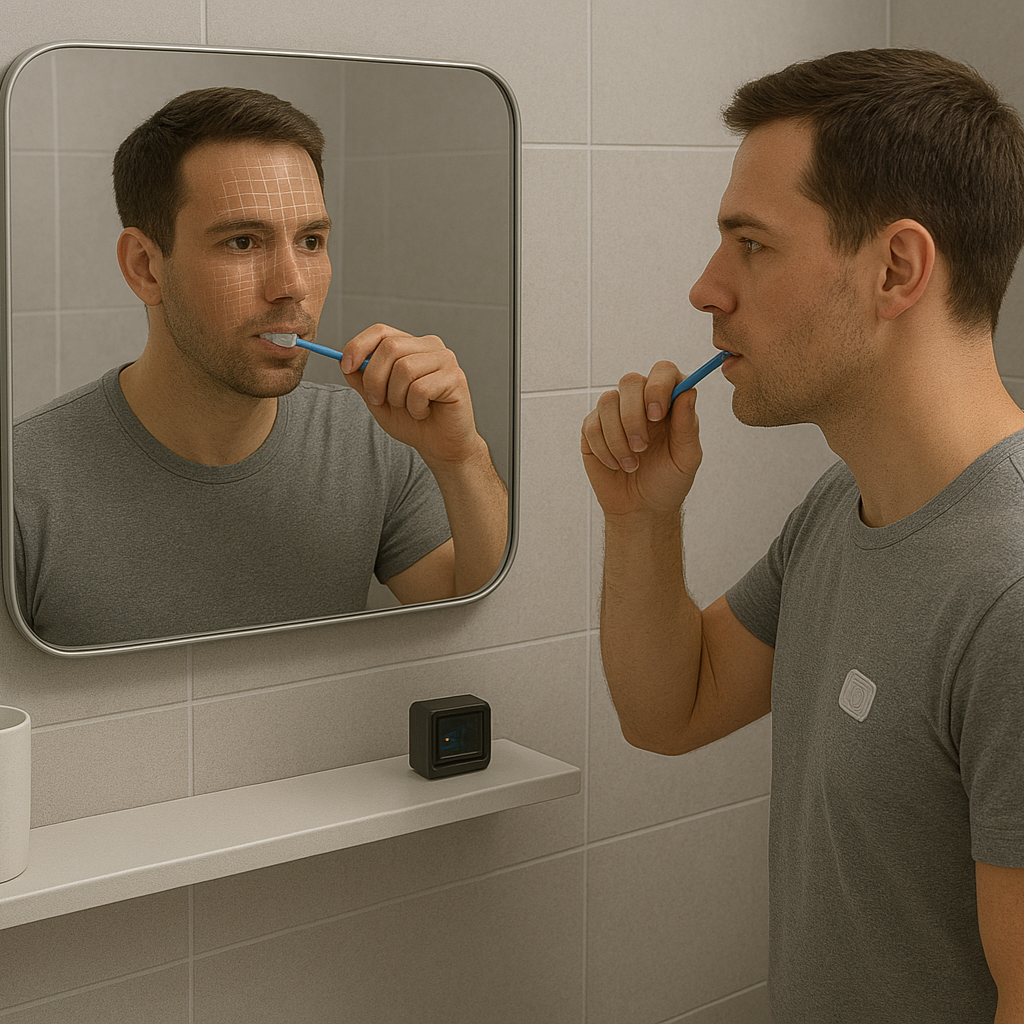Visual Technologies Are Fueling the Transition To a Circular Economy
/©United Nations Environment Programme's Global Resources Outlook
Sustainability is now more important than ever. Meeting the needs of the present without compromising future generations is one of the biggest crises we face as a society. We’re facing a crisis because material use has exponentially increased and resources are running out. Material use has dramatically increased by over 3x in the past 50 years, and according to the UN, global natural resource consumption is predicted to increase by 60% by 2060, compared with 2020 levels.
We’re also facing a crisis because new climate records are set year-over-year. Over the past few years, climate scientists have shifted the definition of what they believe is the ‘safe’ limit of climate change. For decades, researchers argued the global temperature rise must be kept below 2C (degrees Celsius) by the end of this century to avoid the worst impacts. Countries signing up to the Paris Agreement pledged to keep temperatures "well below 2C above pre-industrial levels and to pursue efforts to limit the temperature increase even further to 1.5C". However, scientists now agree that we need to keep temperature rises below 1.5C. Worsening climate change disrupts supply chains for critical goods and resources. In the World Economic Forum’s Global Risks Report 2024, extreme weather was ranked as the top risk likely to cause a global crisis.
At LDV Capital, we have been the only venture fund investing with the thesis of people building businesses powered by visual technology and artificial intelligence (AI) since 2012. We define visual technology as any technology that captures, analyzes, filters, displays, or distributes visual data across the light and electromagnetic spectrums to solve problems and increase efficiencies.
1/3rd of the food we produce globally ends up being wasted, equivalent to 1.3 billion tons. Decreasing food supply, unsustainable land use & lack of resilient food production systems are major contributors to the amount of waste taking place.
Lithium battery prices have fallen by over 97% in the past 30 years, and they are forecasted to continue falling between now and 2030. Lower battery storage prices and a higher demand for renewable energy will lead to more energy volatility since renewable production during peak load can vary and be difficult to predict, both of which lead to challenges in resource adequacy planning. Energy crises such as in Europe in 2022 cause sharp reductions in natural resource supplies, leading to significant harm to consumers, businesses and entire economies.
Average monthly electricity wholesale prices in selected countries in the EU ©Statista 2024
Lastly, the global supply system is a maze, and global logistics will have to contend with an increasing number of risk factors, including climate risk. For instance, the Panama Canal, which allows goods to be transported between the Pacific and Atlantic Oceans, is currently disrupted due to drought. The lowest water levels on record are forcing canal officials to reduce vessel transits, hindering the flow of goods and increasing shipping costs in both the short term and foreseeable future.
©2019 LDV Insights Report “Visual Technologies Enable a Bright Future for Manufacturing & Logistics”
Tackling the challenges necessary to shift towards a more circular economy will be fueled by solutions powered by visual tech. For the problem of food waste, breakthroughs in materials discovery accelerated by visual technology are occurring at a time when there is a growing demand for advanced materials, especially to revolutionize the food industry. Cellular agriculture like lab-grown meats leverages molecular images. New proteins that can coat and extend the freshness of food will be discovered via computational design. More nutritious and less resource-heavy produce will be grown thanks to the genotyping and phenotyping of plants and seeds.
In our 2019 LDV Insights Report, we forecasted how advances in molecular imaging, advanced light-based technologies and computational design will inspire and inform the creation of advanced geometries and materials, like metamaterials, vastly expanding how and what we can create, making food and materials more cost-efficient and environmentally friendly.
“Imaging on a molecular and cellular level combined with machine learning and AI will play important roles in the future of cellular agriculture. Both are crucial in analyzing the data we collect and making sure we understand what we interpret into that data.” - Dr Patricia Bubner, Founder & CEO at Orbillion Bio, Inc
The A-Lab out of Berkeley Laboratory can process 50 to 100 times as many materials samples as a human every day and use AI to quickly pursue promising finds. Nanomaterials that are able to exhibit superior mechanical, electrical, thermal and chemical properties than those of traditional materials will be applied towards better agricultural production.
A-Lab combines automation and artificial intelligence to speed up materials science discovery ©Marilyn Sargent/Berkeley Lab
To address energy volatility, the use of satellite imaging, geospatial analysis and optical imaging can be leveraged to monitor real-time weather conditions, including wind speeds, precipitation, cloud opacity and storm movements. This enables businesses to make informed decisions about deploying and adjusting resources accordingly. Renewable energy companies can also improve energy production forecasting by incorporating observational datasets into their models. This information enables them to make informed decisions about grid stability, load balancing, and energy dispatch.
©2019 LDV Insights Report “Visual Technologies Enable a Bright Future for Manufacturing & Logistics”
Real-time earth observation and analytics with AI and machine learning are also able to model the economic impact and hazard functions of climate events and derive vulnerabilities to mitigate supply chain disruptions. Insights into the location, severity and timing of physical and transition risks contribute to developing mitigation strategies. In 2025, 4 million vision-enabled robots will be deployed in 50,000 warehouses to help automate tasks in warehouses and distribution centers.
Robots armed with cameras, 3mm wave sensors and more will play a central role in solving the mounting challenges posed by returns and reverse logistics. They will enable more goods to be stored in smaller facilities, even some “dark warehouses” that will decrease energy consumption and land use.
Lastly, the key to the success of automated sorting technology will be the treatment of large volumes of textile waste. Intelligent textile sorting will be powered by hyperspectral vision and high-speed Raman spectroscopy to deliver material analysis for highly precise recycling feedstock. AI-backed computer vision can then classify product types to find the optimal target group and client for reusable garments to give more garments a second life.
At LDV Capital, we believe that visual technologies will be critical to how we address the most significant challenges facing our planet. To ensure we do not compromise the potential of future generations, we will shift towards a production and consumption model that drives the optimization of resources. In order to do so, visual tech will fuel the world to be more sustainable. From leveraging spectroscopy & nanomaterials to enhance food & agricultural production, to renewable energy forecasting & grid management and predictive digital twins of the supply chain, we are excited to partner with people delivering this imperative future.
Let us know if you are either thinking of building or have already started building a startup leveraging visual technologies and AI in the circular economy & sustainability space.
This article was written in collaboration with Ash Cleary, Associate at LDV Capital.
















